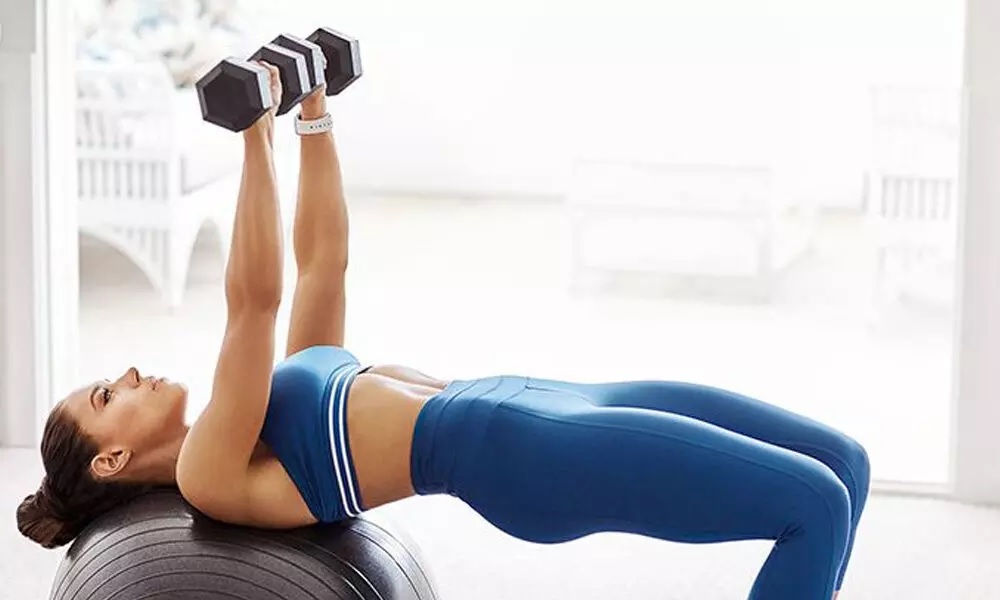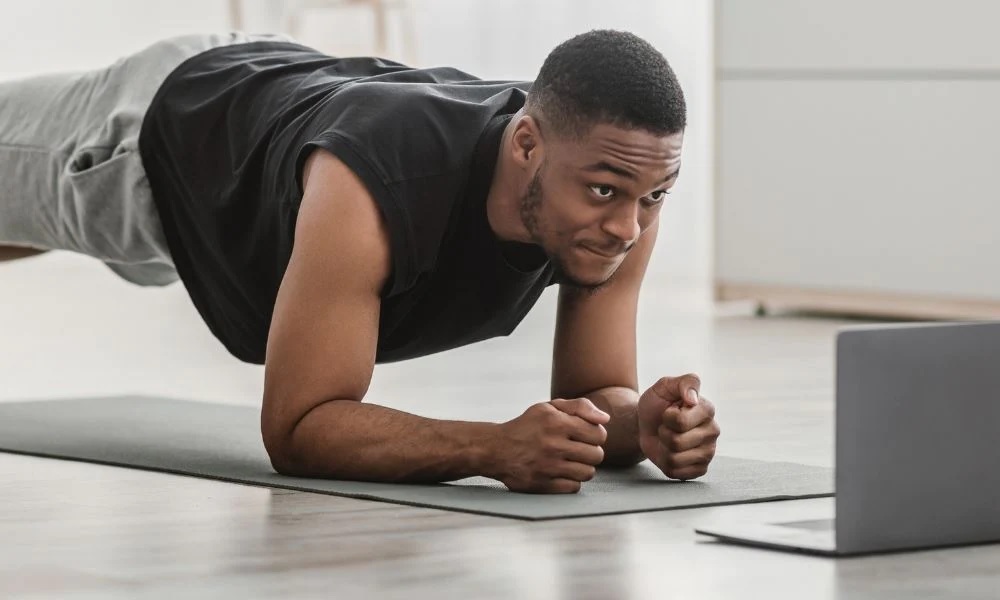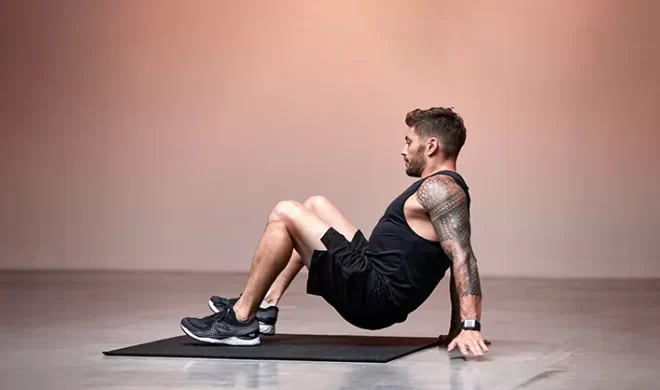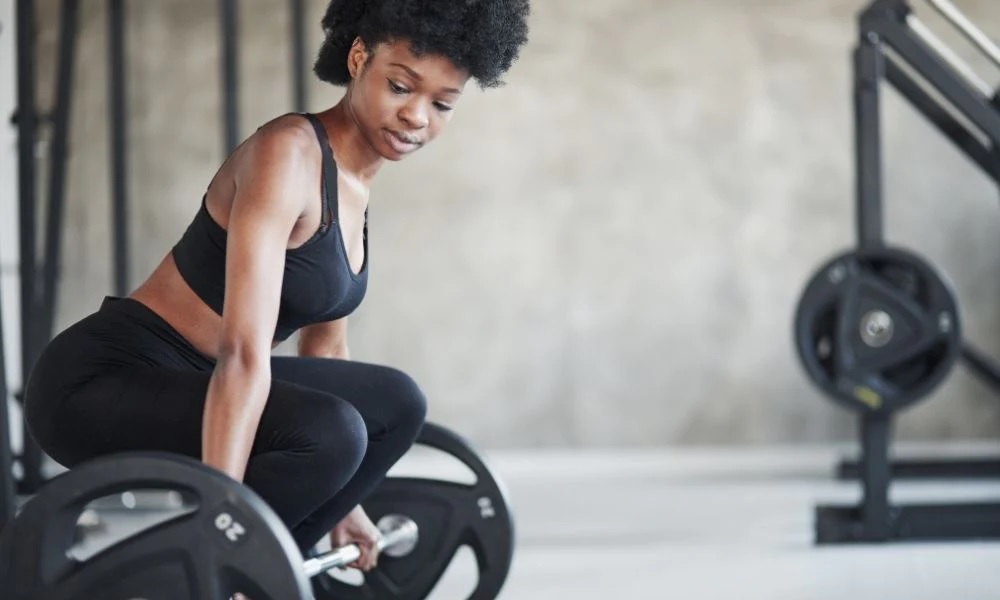The Science of Muscle Memory and Fitness

If you’re someone who has ever been involved in fitness or sports, you’ve probably heard of muscle memory. Maybe you’ve even experienced it yourself. But what is muscle memory, and how does it work?
Muscle memory is the ability of your muscles to remember movements they have previously done, even if you haven’t done them in a while. This is why athletes can pick up a sport again after years of not playing and still have some level of skill. It’s also why people who work out consistently are able to see progress and maintain their fitness level even when they take time off from their routine.
How Muscle Memory Works

When we perform a movement, our brain sends signals to our muscles to execute it. The more we do the movement, the stronger the neural connections between our brain and muscles become. This is what allows us to perform the movement more efficiently over time.
Even when we stop doing a movement, the neural connections don’t completely disappear. They may weaken, but they can be reactivated quickly with practice. This is why it’s easier to pick up a movement again after taking a break compared to learning it from scratch.
Benefits of Muscle Memory
Muscle memory has several benefits for fitness enthusiasts:
- Quickly regain lost progress: If you take a break from your fitness routine, having muscle memory can help you get back on track faster.
- Better performance: When you perform a movement more efficiently, you’re able to do it with less effort. This can help you perform better in sports or fitness activities.
- Maintain progress: If you’ve worked hard to build muscle or increase your endurance, muscle memory can help you maintain those gains even if you take time off from your routine.
How to Build Muscle Memory
If you want to build muscle memory for a specific movement, the key is to practice it consistently. The more you do it, the stronger the neural connections will become.
It’s important to note that muscle memory is specific to the movement you’re practicing. So if you want to build muscle memory for a squat, you need to practice squats specifically. Doing other leg exercises won’t necessarily help you build muscle memory for the squat.
Another important factor is to practice the movement correctly. If you practice a movement with poor form, you’ll build muscle memory for that poor form. This can lead to injury and make it harder to perform the movement correctly in the future.
Muscle memory is a fascinating aspect of our bodies that can help us achieve our fitness goals. By understanding how it works and how to build it, we can use it to our advantage and see better results in our workouts. So next time you take a break from your fitness routine, remember that your muscle memory is still there, waiting to be reactivated.








